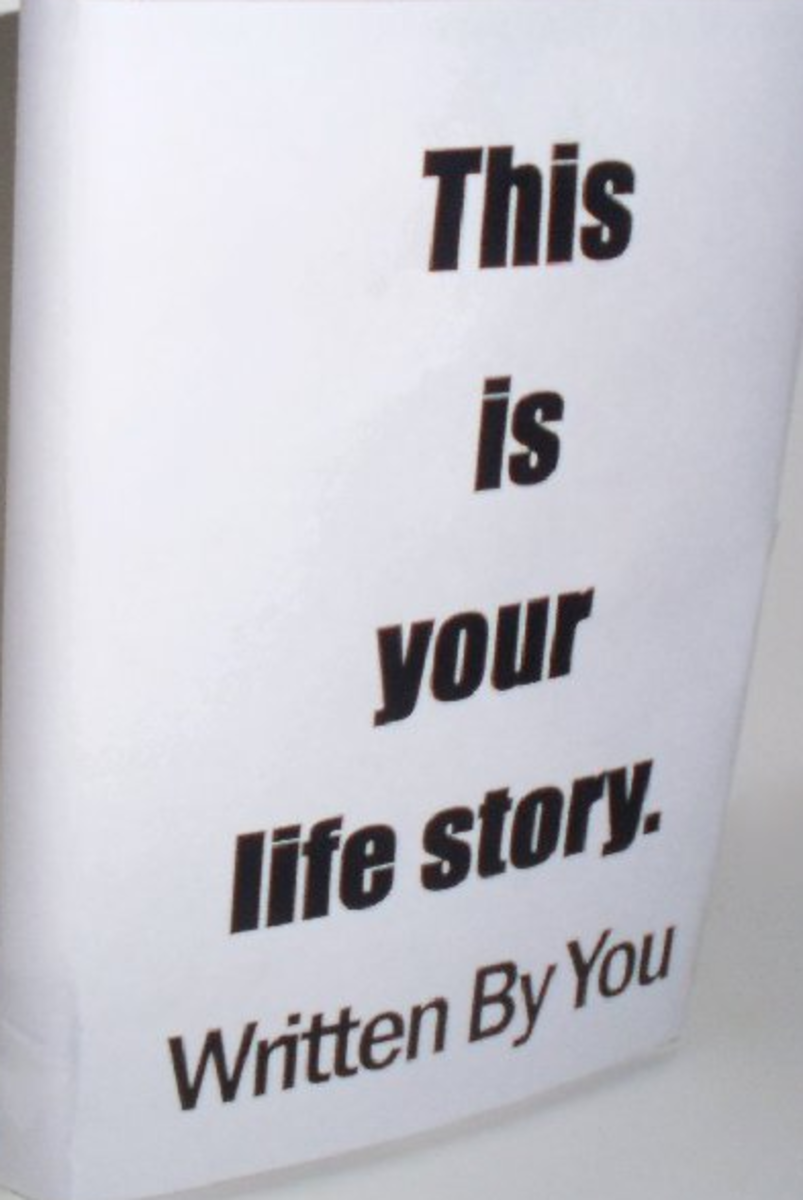Points of View

Point of View in stories
This is a brief explanation of the tense writers use in their stories.
It will explain the difference between first, second and third person points of view, some of the constrictions when writing with one or another and a couple of major pitfalls that many novice writers fall into when they first start writing.
Creative writing is a discipline and to be good - which I am not suggesting I am - one needs to understand some simple 'rules'.
Other than that, you're pretty much free to write as you please.
First person
This is the I, we point of view, where the writer is narrating from the viewpoint of a specific character in the story. The text will flow in the style of...
"I first saw him in the town centre, sitting on the edge of the ornamental fountain. He was reading a book and paid me absolutely no attention whatsoever..."
It's entirely likely that the rest of the story would continue in the same vein, however, that could very well change as if you noticed, I put the excerpt in quotes and in that case, that person could have been asked to give an account - in a court of law for instance.
On the other hand, remove the quotes, and it would make the narrative of the story or part thereof.
The problem with this is that elements of the story won't be able to have been seen by that person and it's entirely likely that in order to see those elements - which may be of great importance to the plot, the person would have to be told of them.
For example...
"Later that day, Tina arrived looking heartbroken and told me her dog, Spike had been killed..."
In my opinion, this method of writing is terribly constricting, however, for writing accounts of what happened to a person, it's quite often the simplest form of creative writing.
Dean Koontz managed it successfully with Odd Thomas, but there are few other complete novels I know of where this is the case.
Second person
This is you language and is very often used in marketing to accentuate the connection between the company and the person they are aiming at.
"You will find our hotels are the best in the country..."
Great, but in creative writing, this is not very often used - unless it's one of those books that puts you in the driving seat and after a couple of paragraphs gives you a choice of what happens next, directing you thereafter to one page if this or another if that.
Of course, this form of tense will be used, probably in dialogue...
"You were so drunk last night..."
"You found fault with everything..."
A bit extreme maybe, but there you go, it is only an example.
Third person
This is by far the most popular form.
This says he, she, they, them and it.
But it doesn't stop there.
There are two main forms of third person writing.
Limited and Omniscient.
Now if we take the following short conversational snippet, I will attempt to illustrate the difference.
"Hi, Jill," Jack said, noticing that the normally bubbly blonde was not happy.
"Oh, Jack," she said, remembering the carnage she had just witnessed in the accident...
Now the two lines above show the dialogue between Jack and Jill, but they also describe the feelings to a degree.
The problem of course is that if we assume that the first line sets the perspective, we can see that Jack is concerned or has at least recognised that Jill is not her normal self and in the second line, we can see that Jill is indeed unhappy, having witnessed the accident.
The issue here is that in the second line, the perspective shifts from Jack to Jill and that is jarring to the reader, because it has been written in the omniscient form.
This is where the author knows how the characters are feeling and why and just plonks the facts into the story, whereas, if the writer were to use limited third person, we get something like the following...
"Hi, Jill," Jack said, noticing that the normally bubbly blonde was not happy.
"Oh, Jack," she said, near to tears. "You'll never guess what I've just seen..."
Here, the two lines still say pretty much the same thing. The accident has not yet been revealed, but probably will be subsequently. The important thing is that Jack's perspective remains and Jill's unhappy disposition is still described.
It is perfectly possible to change perspective from one person to the other if it's necessary within a chapter, by using a delimiter.
This is a visual break between paragraphs with something like the following in between the final paragraph of one perspective and the first of the next:
* * *
Ordinarily, this would probably be centred on the page and can differ in form in a variety of ways, but it alerts the reader to the fact that there is a change in the current viewpoint coming in the next paragraph.
Whether the story is written in first person like this one called Close Encounters of the Christmas Kind, which illustrates this perspective, or in third person like this one called Flashback, attention to perspective is very important in order to maintain the flow of the prose and hopefully keep the reader un-jarred.








